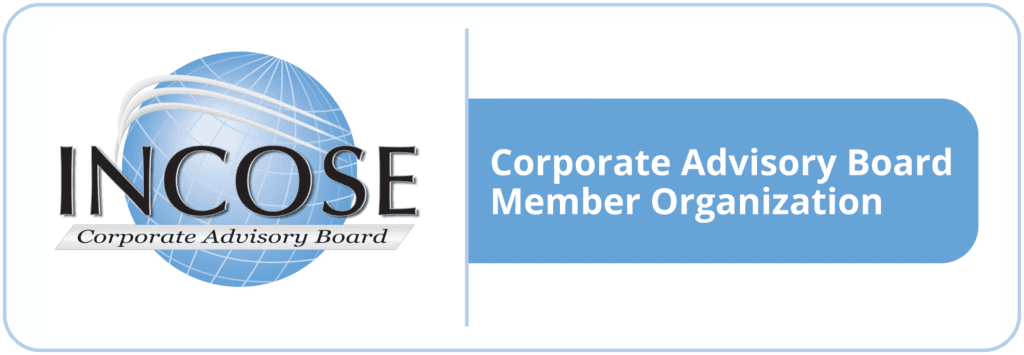Home » Training » Systems Engineering Training Courses » Engineering Successful Infrastructure Systems
Engineering Successful Infrastructure Systems
- 5 Days
- Corporate delivery (In-person or online)
- Certificate upon completion
- Professional Development Credits
Get Started Today
Register your interest now.
Let's Talk
Whether you have a question or are looking to find out more about our training options then please get in touch with us below.
- Summary
- Course Overview
- Course Outline
 Poorly managed infrastructure projects have wasted almost $30B of taxpayer funds. Berlin’s new airport is a contender for the world’s most useless. More lawsuits filed over the Miami bridge collapse. Trains Too Wide to Fit Tunnels. The outrageous highway schemes left as roads to nowhere. Project that turned proud stadium into national joke. Critical Infrastructure Under Attack. These are REAL public-domain headlines!
Poorly managed infrastructure projects have wasted almost $30B of taxpayer funds. Berlin’s new airport is a contender for the world’s most useless. More lawsuits filed over the Miami bridge collapse. Trains Too Wide to Fit Tunnels. The outrageous highway schemes left as roads to nowhere. Project that turned proud stadium into national joke. Critical Infrastructure Under Attack. These are REAL public-domain headlines!
These, of course, are mainly dramatic, one-off cases. But worldwide average performance of infrastructure projects is nothing to be proud of. For example, a 2012 Dutch study showed that for rail projects, average project cost performance in north west European countries was 27% overrun and in other geographical areas, 44% overrun. Corresponding figures for bridge projects were 45% and 27% respectively. The picture in the United States is similar to that in Europe.
This course is a five-day immersion in the successful engineering of infrastructure that delivers maximum value to stakeholders. The course is based on systems thinking, here applied to projects and engineering. And so, the course has a strong systems engineering foundation. Systems engineering as a discipline has been proven to substantially reduce costs, reduce project durations and increase client satisfaction.
- This course may be credited toward the maintenance of the INCOSE Certified Systems Engineering Professional (CSEP) certification for 40 Professional Development Units and PDUs may be claimed for PMI’s family of certifications, including PMP
- This course qualifies for Engineers Australia and Engineering New Zealand (IPENZ) CPD purposes (40 hours)
- This course may qualify for CPD, CLP and similar purposes with other organizations (40 instructor hours)
- This course may be credited toward the maintenance of the Project Management Institute (PMI) certifications. Suggested PMI Talent Triangle® PDU allocation:
- Ways of Working – 35
- Power Skills – 2
- Business Acumen – 5
Let’s Talk
Whether you have a question or are looking to find out more about our training options then please get in touch with us below.
Systems thinking sees the infrastructure as a part of one or more bigger systems. The properties of the infrastructure must support its role in the bigger system, rewarding stakeholders with the outcomes that they value and are seeking. Systems engineering provides proven-successful management and technical principles and methods towards this end.
Participants in this training will learn an approach to infrastructure problem definition and infrastructure problem solution development during definition, design and construction phases that generates value for both the developer and the client.
This ground-breaking course is geared towards the engineering of infrastructure systems that are characterized as of significant scale in terms of cost and size, lifecycle durations, and having a degree of uniqueness in execution, together with complexity and possibly cost uncertainty.
The approach seeks to define a solution that will satisfy the minimum requirements of the stakeholders, and maximize the overall value delivered over time according to measures of effectiveness defined by the stakeholders. Stakeholder measures of effectiveness could include, for example, capacity, speed, reliability, and safety. They could also include programmatic measures such as investment cost, EBITDA (earnings before interest, taxes, depreciation, and amortization), National Industry Content, or return on investment, as applicable. Within the concept of overall effectiveness, operational effectiveness (effectiveness in use), of primary concern to the users, is identified.
Overall, the systems approach focuses on driving towards maximum value delivery (on the balance of probabilities), and in so doing, mitigating risk to stakeholders in accordance with their interests, typically, in particular, cost, schedule and quality (capability).
Key Learning Objectives
The strong workshop orientation of the training equips participants with the knowledge and skills to immediately bring about improved performance of their organization and their teams. At the conclusion of this course, participants are expected to:
- understand and be able to apply the overall concepts that are characteristic of a systems approach to the engineering of infrastructure;
- understand the overall process elements that collectively constitute the building blocks of a systems approach to infrastructure development;
- understand the fundamental relationships between those process elements that allow us to successfully develop an engineering system well-matched to the infrastructure to be engineered;
- understand the basis of selection between styles of development such as waterfall, incremental, evolutionary and “spiral”;
- understand the types of information that collectively define an infrastructure problem;
- know how to identify the stakeholders and capture and validate the information that defines the infrastructure problem, and have some skills in doing so;
- understand the role of an intended use description (CONUSE);
- be able to perform the design activities of physical design, logical design and the conduct of trade-off studies (within limits of knowledge of the applicable infrastructure technologies);
- be able to apply these tools in the work environment at a foundation level of competence (at least);
- be familiar with some of the principles and major techniques of engineering management in an infrastructure project context;
- have some basic capability to tailor the application of the systems approach to infrastructure engineering to different types of infrastructure projects.
Training Method and Materials
The training is facilitated using a mixture of presentation, discussion, video and quizzes, with a variety of practical exercises, workshops and other group work sessions. Instead of presenting a lot of content and hoping that something will ‘stick’, the training utilizes advanced adult learning techniques optimized for the type of content that needs to be mastered. Throughout the course, there is a strong focus on interaction, variety, the social aspects of learning, and integration with the learner’s existing knowledge framework. The result is a highly engaging five days, matched with a high degree of subject mastery. Most participants will find that the course is fun! Our approach to the training is based on world leadership in systems engineering training combined with over 20 years of sound experience in the theory and practice of adult learning.
The course is facilitated by a professionally qualified, world-class, expert leader in the field.
You will be provided with:
- comprehensive course notes containing presentation and textual material;
- a Workbook containing workshop exercises, with extensive worked examples tracking the whole infrastructure capability development process; numerous supplementary descriptions, checklists, forms and charts which you can put to use immediately;
- a reference set of infrastructure capability development documents, as follows:
- Example Capability System Concept of Employment – CONEMP
- Example Capability System Concept of Use – CONUSE. Note: also known as OCD
- Example Capability System Requirements Specification – CapSyRS
- Example Capability System Operational Solution Description – OSD. Note: also known as CONOPS
- Example Technology Item Concept of Use – CONUSE. Note: also known as OCD
- Example Technology Item System Requirements Specification – SyRS
- Example Technology Item Verification Requirements Specification – VRS
- Example Statement of Work – SOW – for technology item Operator Training; and
- complimentary access to PPI’s evolving Systems Engineering Goldmine.
Who Should Attend this Course?
This training is intended for sponsor, customer and contractor project managers, engineering managers and engineers working on infrastructure development programs and projects across applications such as smart cities, highways; railways; airports, electricity generation and distribution; water collection, storage, and distribution; waste water collection and transfer; and the development of major industrial plants such as oil & gas platforms, oil refineries, mines, smelters, water and wastewater treatment and metals refining.
The course requires no background or previous experience in the content of the course, although a background in aspects of infrastructure engineering would be an advantage. The course does require energy, commitment, clear thinking and a mental discipline to separate concerns. This Engineering Successful Infrastructure Systems course will be of particular value to people with job titles within the infrastructure sector such as:
- Program manager
- Project manager
- Engineering manager
- Project engineer
- Infrastructure capability developer
- Architect
- Design engineer
- Systems engineer
- Other engineering job titles
- Construction planner
- Owner representatives
- Sponsor representatives
- Regulator representatives
- Infrastructure consultants.
Do you Offer Tailoring of this Course?
Yes. All courses are tailored informally verbally in delivery by selecting, where possible, examples matched to the domains of interest to the class. We can also work with you to design a formally customized curriculum for the development of your people. We have done so for many client companies, and we would love to work with you to this end. We always suggest that a client takes the corresponding standard course prior to any customization. For systems engineering, this is because systems engineering is the problem-independent and solution technology-independent principles and supporting methods for the engineering of systems, based on systems thinking. So the objectives of customization need to be very clear and focused on adding further value. In practice, customization, if performed, usually becomes the replacement of examples and possibly the main workshop system with domain-specific equivalents. Substitution of the workshop system usually involves substantial redevelopment of courseware. Out of necessity, formal tailoring of courseware is performed on a fee basis.
1. Concepts and Definitions
- defining the problem, and developing a complete solution
- life cycle basis of problem definition & solution
- example requirements and MOEs relating to an infrastructure-related capability
- example physical levels of solution definition relating to an infrastructure-related capability solution
- problem description definitions
- definition: requirement/threshold
- definition: measure of effectiveness
- definition: measure of performance
- definition: target/goal/objective
- definition: value (effectiveness) model
- definition: operational effectiveness
- definition: requirement importance
- definition: requirements specification
- definition: design specification
- concepts related to problem description
- definition: need
- definition: want
- definition: desire
- definition: intent
- definition: expectation
- definition: constraint
- definition: CONUSE – Concept of Use (also called OCD, OpsCon)
- definition: solution
- definition: solution description
- definition: architecture
- definition: architectural design description
- definition: architecture framework
- definition: OSD – Operational Solution Description
- definition: detailed design
- definition: stakeholder
- definition: verification
- definition: verification requirement
- definition: verification requirements specification
- definition: validation
2. Systems Concepts
- systems thinking
- problem definition
- emergence
- divergence
- convergence
3. Applying Systems Concepts
- a system solution
- “systems of systems”
- systems of autonomously managed systems
- modeling with System Dynamics
- functional modeling
- process models
- styles of development
- critical infrastructure development
- life cycle models
4. Types of Requirements
- eight basic types
- workshop 1 – categorizing requirements for an infrastructure system by type
5. The Quality of Requirements
- requirements quality attributes
6. Requirements Analysis for Infrastructure Systems
- purpose of requirements analysis and its relationship to CONUSE
- relationship to OSD
- requirements analysis (capture & validation) methodology
- context analysis, and relationship to CONUSE
- workshop 2 – context analysis for an infrastructure system
- states & modes analysis
- workshop 3 – states and modes for an infrastructure system
- parsing analysis
- workshop 4 – parsing analysis
- functional analysis, and relationship to CONUSE
- workshop 5 – functional analysis for an infrastructure system
- rest of scenario analysis
- ERA analysis
- out-of-range analysis
- value analysis
- workshop 6 – building an infrastructure system value (system effectiveness) model
- operational effectiveness
- operational effectiveness versus overall effectiveness
- extracting information for a CONUSE and requirements document from users (and others)
7. CONUSE as a Document
7.1 Content and Purpose of a CONUSE
- users and uses of a CONUSE, in detail
- principles regarding content
- user stories, use cases, scenarios and the CONUSE
- how does support relate to a CONUSE?
- relationship of the CONUSE to the requirements document
- CONUSE standards and guides
- Operational Concept Documents, DID DI-MCCR-80023, SDD Documentation Set – Data Item Descriptions for DoD-STD-2167, U.S.A. Department of Defense, 1985
- Concept Data Item Description, SMA-DID-P100, NASA Product Specification Document Standard, Release 4.3, 1989
- ANSI/AIAA G-043-1992, Guide for the Preparation of Operational Concept Documents, 1992
- Operational Concept Description (OCD), DID DI-IPSC-81430, Data Item Descriptions for MIL-STD-498, U.S.A. Department of Defense, 1994
- IEEE Standard 1362, IEEE Guide for Information Technology – System Definition – Concept of Operations Document, 1998
- ACC Instruction 10-650, Development and Use of Concepts of Operations, U.S. Department of the Air Force, 1998
- Guide for the Preparation of Operational Concept Documents, ANSI/INCOSE/AIAA, G-043:2012
- PPI’s OCD/CONUSE DID
- who should prepare a CONUSE
- timing of preparation of a CONUSE versus requirements document
7.2 Preparing a CONUSE
- characteristics of a good CONUSE
- workshop 7 – review of sample CONUSEs
- pitfalls in CONUSE preparation
- workshop 8 – review of a CONUSE for maritime infrastructure
- workshop 9 – preparing a basic CONUSE
- use of graphics in CONUSEs
- level of detail in the CONUSE
- design content – when, and when not?
- makeup of a CONUSE development team
- the role of users
- beyond the basic CONUSE
- extending the CONUSE to other stakeholders
- pitfalls in preparing CONUSEs
8. OPERATIONAL SOLUTION DESCRIPTION (OSD)
8.1 Content and Purpose of an OSD
8.2 Relationship of the OSD to Overall Solution
8.3 Styles of Solution Development
- the solution domain: key concepts, relationships, and work products
- workshop 10 – principles of OSD development
- waterfall, incremental, evolutionary and spiral capability development approaches
- workshop 11 – infrastructure solution development strategies
8.4 Concepts of Architecture – Physical and Logical, in OSD Development
- physical architecture (structural view) – basic concepts
- the role of technology and innovation
- techniques for stimulating innovation in solution development
- use of design driver requirements
- perspiration engineering: configuration items
- criteria for selecting configuration items
- relationship of CI definition to future system integration
- workshop 12 – physical conceptualization of an infrastructure solution
- logical architecture – basic concepts of model-based architecting
- logical architecture related to physical architecture
- useful forms of logical representation – functional, state-based, mathematical, …
- model-based design in practice
8.5 Functional Modeling in OSD Development
- functional modeling in OSD development – how to do it
- functional analysis/architecture process
- item flow and control flow
- coupling, cohesion, connectivity
- unallocatable and allocatable functions
- pitfalls in defining functions
- workshop 13 – a simple functional solution
- workshop 14 – physical and functional solution
- FMEA in functional solution
- performance thread analysis
- languages incorporating behavior modeling
- software tools supporting functional and physical solution
- pitfalls in functional solution development
8.6 Return to Physical Solution Development in OSD Development
- facilities, procedures, people, and other types of solution element
- some common pitfalls in developing OSD
- adding the detail to the solution
- solution creates requirements – the duality of requirements and solution
- interface engineering
- evolution of interfaces in solutions having levels of physical structure
- interface requirements specifications versus interface design descriptions
- some common pitfalls in interface engineering
8.7 Decision-Making in OSD Development
- solution development for feasibility
- solution development for effectiveness: approach to solution optimization
- the role of MOEs and goals
- using a value (system effectiveness) model
- taking account of risk relating to goals
- taking account of risk relating to satisfaction of requirements
- event-based uncertainty
- risk-aversion
- workshop 15 – using a value (system effectiveness) model in developing solution for an infrastructure system problem
- cost/capability, return on investment and like concepts
- iterative optimization of solution – an effective methodology
- software tools supporting OSD decision-making
- common pitfalls in OSD development
8.8 OSD Document
- OSD Template
- Example OSD
9. Development of Requirements and Requirements Specifications for Elements of Solution
10. Summary and Key Points
- action plan
11. References and Recommended Reading
Featured Course Reviews

The content delivered was of the highest standard, and I am truly appreciative of the time and effort invested by the instructor. The materials shared during the course have been instrumental in expanding my understanding and equipping me with practical insights that I can directly apply to my work starting today. I am confident that the newfound knowledge will greatly enhance my professional capabilities and contribute to my success as well as the collective success of the infrastructure industry. Thank you again for your time, the comprehensive materials, and the exceptional course delivery. Let’s keep shaping the engineering and infrastructure industry together!
Maria Constantin, United Kingdom
Systems Engineer/Product Manager, SEMP
More Courses For You
Architectural
Design
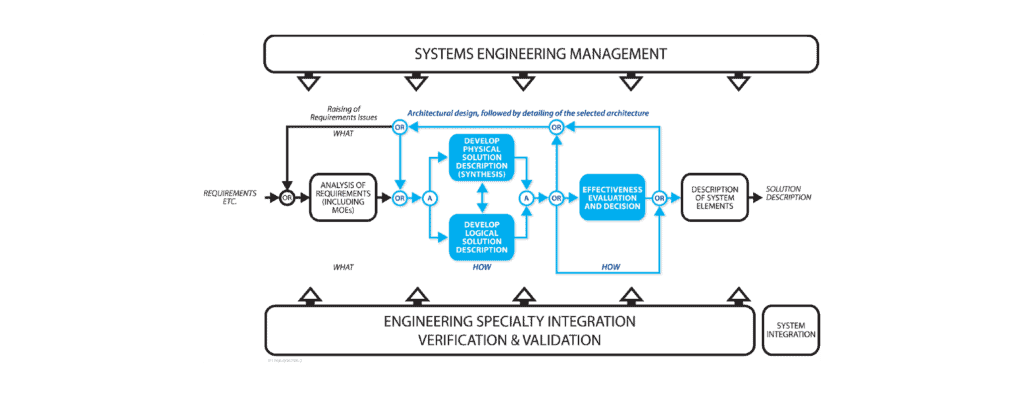
Establish & maintain strong system solution relationships
CTI SE-ZERT®
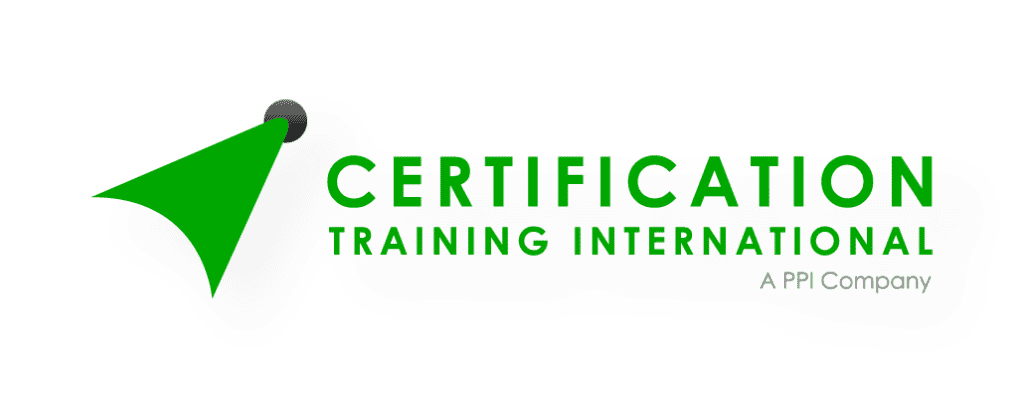
Achieve SE-ZERT Certification
INCOSE SEP Exam Preparation Course 5-Day

Achieve INCOSE SEP Certification
Interface Engineering and Management 2 Days or 4 Half-Days
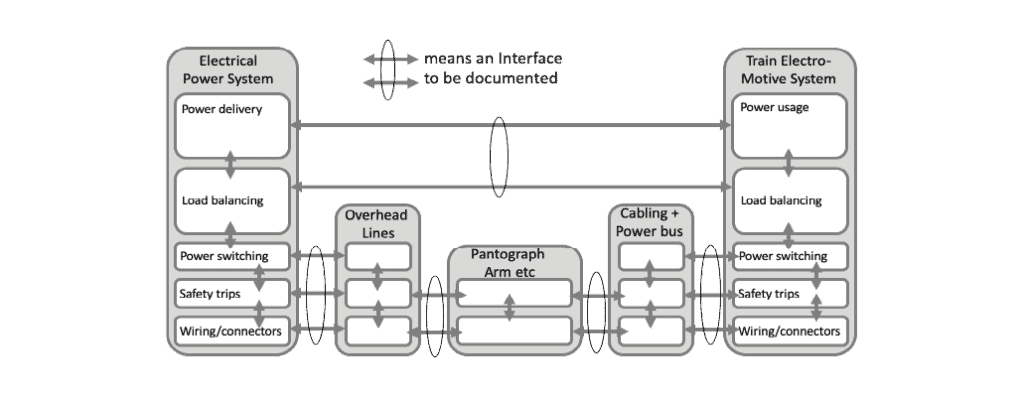
Avoid interface problems
Model-Based Systems Engineering (MBSE) Foundations 2-Day
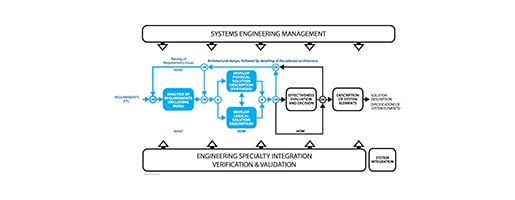
Organize your information in standard models for power & reuse
Systems
Engineering

Fulfilling the promise of innovation on demand
Systems Engineering Executive Overview Half-Day

ROI of SE practices
Systems Engineering Management 5-Day
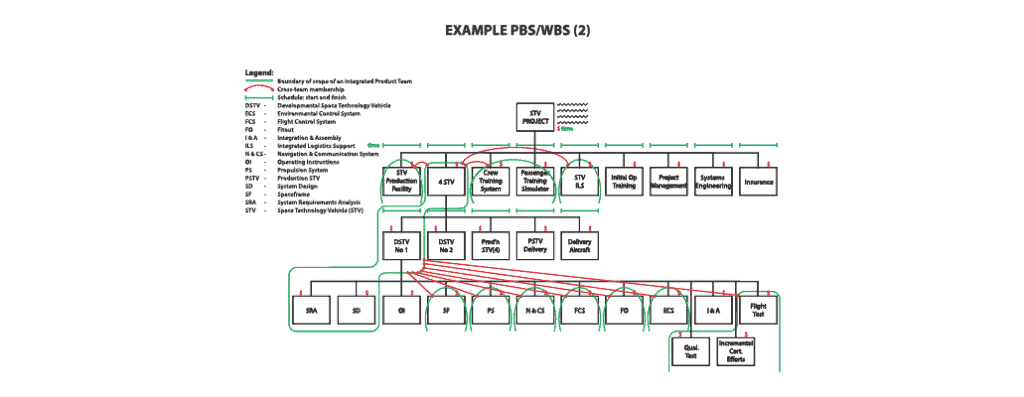
Achieve SE & Program/Project Management alignment
Systems Engineering Overview 3-Day
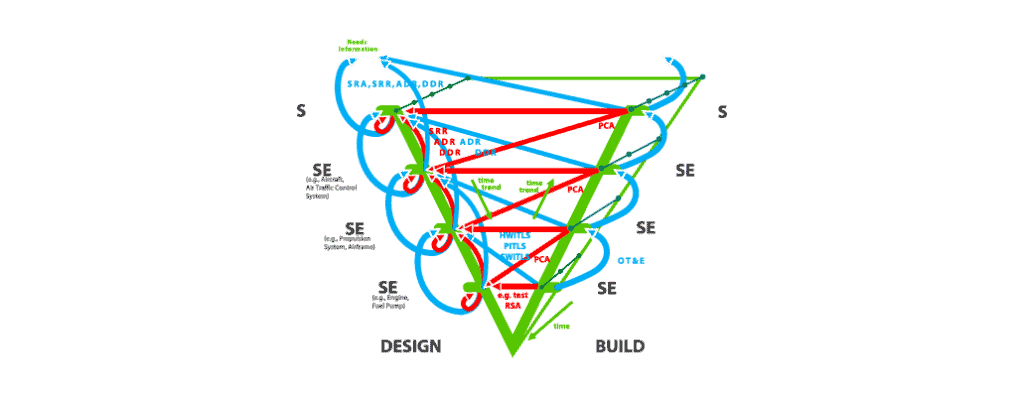
Develop system solutions
